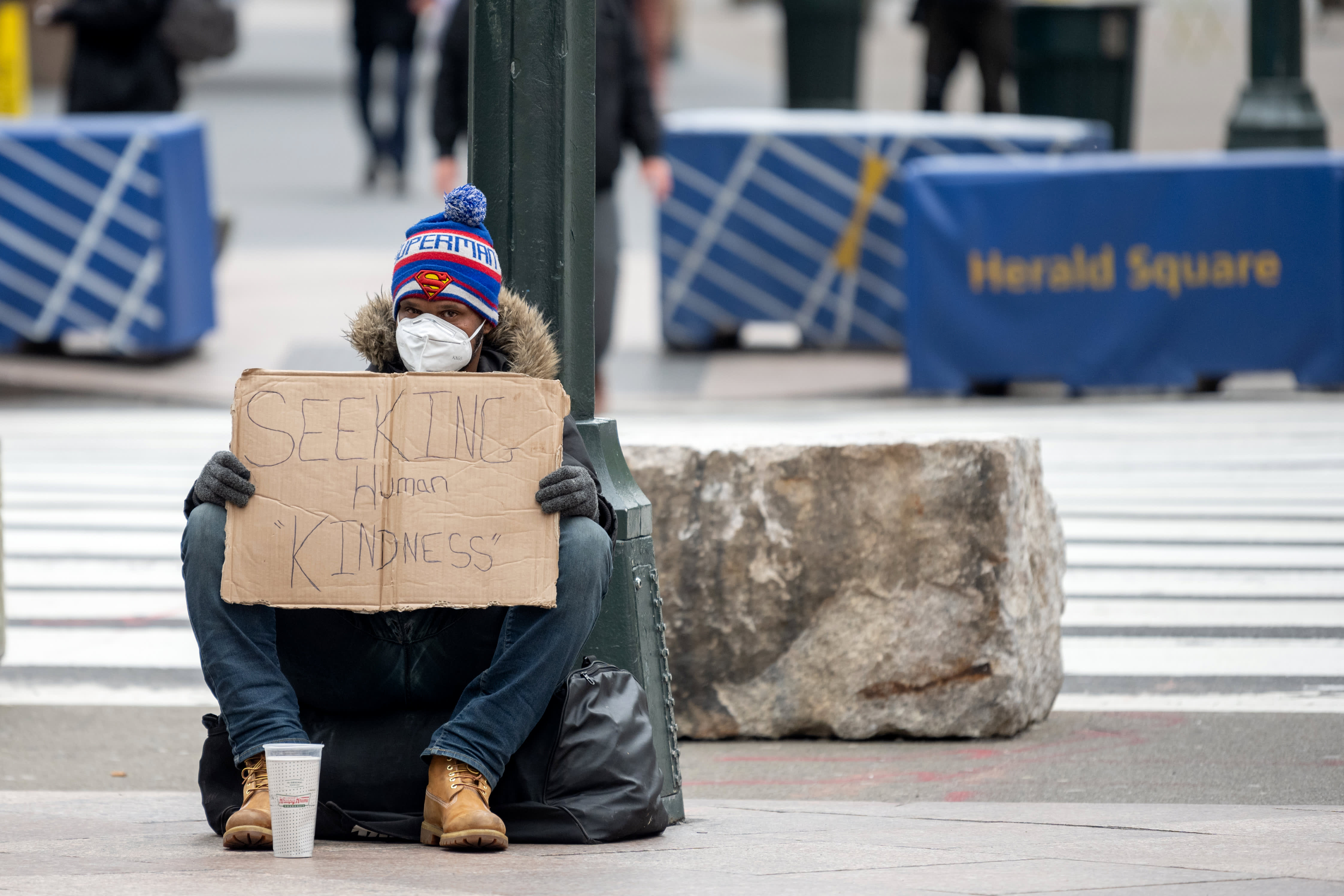The Covid pandemic caused a surge in housing costs and a rise in unemployment, leaving nearly 600,000 Americans unhoused in 2020.
“What people don’t typically realize when they walk past a person who’s homeless is that this person is costing taxpayers a lot of money,” said Sam Tsemberis, chief executive officer at Pathways Housing First Institute.
In 2019, New York City spent a record-breaking $3 billion to support its homeless population. California is also expected to break its record, allocating $4.8 billion to the same issue over the next two years.
Despite the rising budget, overall homelessness in the U.S. has improved by only 10% compared with 2007. It’s even worse for certain subgroups, such as individual homelessness, which dropped by only 1% in the same period.
“Right now, we are trending in the wrong direction,” said Anthony Love, interim executive director at the United States Interagency Council on Homelessness. “The state of homelessness is pretty tenuous, and there are some small increases that are taking place across the board.”
For decades, the U.S. has relied on a “housing first” approach to homelessness, where permanent housing is provided for homeless people without preconditions such as sobriety or employment.
“Without the coach to guide me into housing, I wouldn’t be where I’m at now,” said Shannon McGhee, who moved into his supportive housing in 2020 after being unhoused for four years. “Being able to have my housing first, I know that I’m in control of my environment. Now, what happens here is all about what I create.”
However, some critics of the housing first approach say it hasn’t shown enough real results to deem it successful.
“When the public is told that this particular policy is going to end homelessness, what they’re expecting is that they’re going to see fewer homeless people around,” said Stephen Eide, a senior fellow at the Manhattan Institute. “I don’t think that we’ve seen that in the case of housing first.”
Watch the video to find out more about the homelessness crisis in the U.S. and what the nation is doing to address the issue.
